Views: 0 Author: Site Editor Publish Time: 2025-09-01 Origin: Site








Table of Content
Why Is Seafood Packaging Essential?
Key Technologies in Seafood Packaging
Types of Seafood Packaging for Different Products
How to Choose the Right Seafood Packaging Machine
Seafood is one of the most delicate foods in the market. It is important to preserve freshness and shelf life to increase quality, safety, and customer satisfaction. As a seafood processing company, no doubt, you’re looking for packaging materials that would preserve your product and make it presentable to your customers.
If you’re unsure of where to start, you’re at the right place. This guide will explore seafood packaging technologies that would benefit your business.
Seafood packaging is the collective term covering materials, processes, and technologies involved with preserving and
packaging seafood products, such as fish and crab. Seafood products, such as fish, should be packaged right and kept in perfect conditions to remain fresh.
Packaging methods may vary, depending on the type of seafood, and they play a vital role in keeping products fresh and safe, from the time they are processed till they get to the final consumer.

Seafood packaging provides convenience for you and your customers. For example, it offers easy-to-handle products that can be transported and stored. Portion-sized fillets, vacuum-packed shrimp or ready-to-cook trays are also available in order to be identified easily.This is important to care for the busy lifestyles of your customers, offering quick preparation and minimizing stress.
Seafood is very delicate and vulnerable to bacterial growth, moisture loss, and physical damage. Proper packaging shields the products from harm during storage and transportation so that they stay intact till they get to your customers.
Different packaging technologies minimize oxygen exposure, which can result in oxidation and contamination. Microbial growth is prevented by methods such as vacuum or modified atmosphere packaging (MAP).
Proper packaging makes seafood products non-toxic and resistant to chemical reactions. Packaging methods with labeling, including vital information like expiry dates, keep consumers safe.
Good packaging amplifies consumer attractiveness, which affects consumer buying decisions. It highlights the products’ natural color, making them stand out on shelves and making you stand out among competitors.
Tray packaging are one of the most widely used technologies in seafood packaging. They offer durability and maintain product integrity during storage and transportation. Boxed packages could either be inflated or not.
Inflated ones are the MAP packaging. As the name implies, this packaging method “modifies” the atmosphere inside the packaged product to extend its shelf life. It fills the sealed package with gas composition: CO2, N2, and O2. This mixture of gases creates a surviving environment for the seafood product. The method delays spoilage, providing better preservation effects. Non-inflated ones are tray sealing. It only seals to prevent leakage. The tray consists of a rigid plastic base. The role of the rigid plastic base is to hold the seafood product securely. Then, the lidding film is flexible and covers the top of the tray. The seal prevents exposure to external contaminants. Tray sealing packaging also provides convenience and visibility, so consumers can see what they are buying.
Hualian has a wide variety of map packaging machines. From desktop map tray sealers to vertical, rotary, and fully automatic models, delivering flexible solutions to meet diverse production needs.
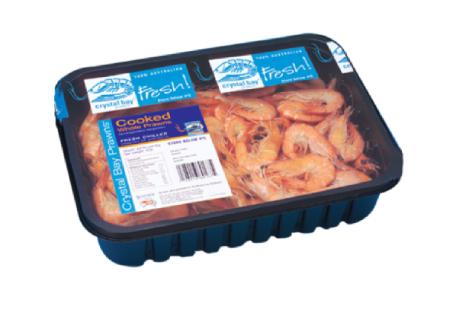
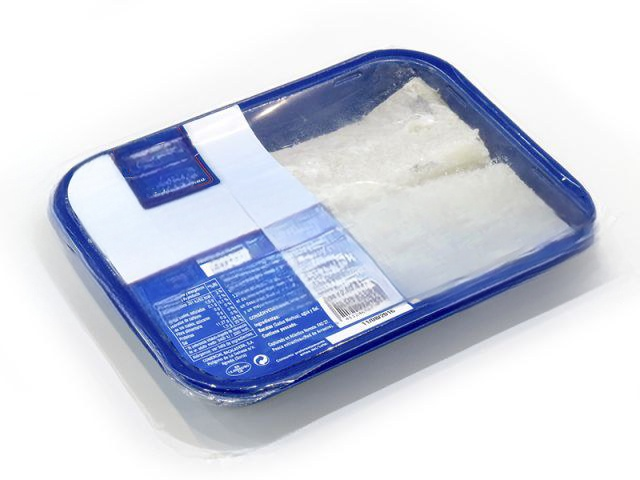
This packaging method tightly covers the product with a plastic film that shrinks when you apply heat. It is cost-effective and suitable for bulk packaging. Furthermore, it is ideal for wrapped portions, such as fish fillets, shrimp, or crab legs.
These products are packed separately in plastic material in order to protect them against moisture and contaminants. It also maintains visibility, so consumers can easily portion only the amount they need. This packaging method results in a relatively shorter shelf life for the food, making it suitable for some ready-to-eat and ready-to-cook foods.
Our Shrink Wrapping Machineis designed to help you have a seamless production line. It is fully automatic and environmentally friendly for packaging seafood products.
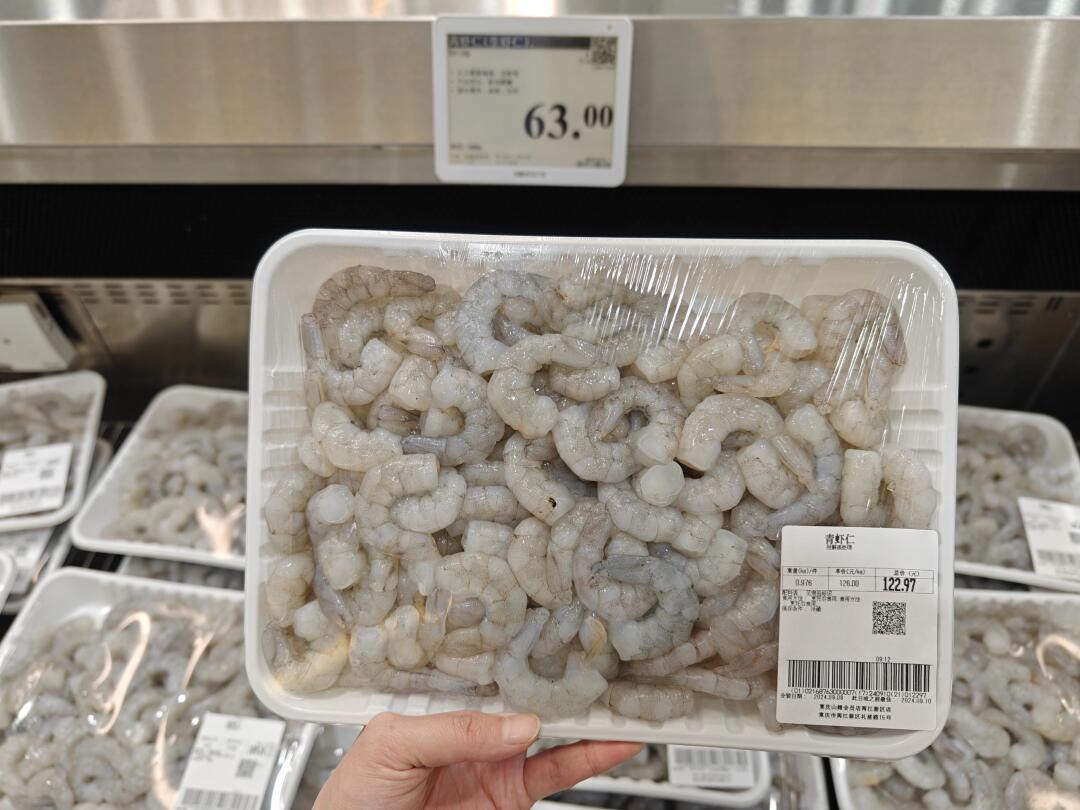
Vacuum packaging removes air from the packaging material and seals the product in an airtight environment, creating a vacuum, as the name implies. When a product a placed in a bag or pouch, a vacuum packaging machine removes the air from the package. Once the air is removed, the packaging is heat-sealed, leaving the product in an airtight environment.
This packaging method can closely fit the food inside the vacuum bag, reducing space occupation. It is used for frozen shrimp, cod, etc.
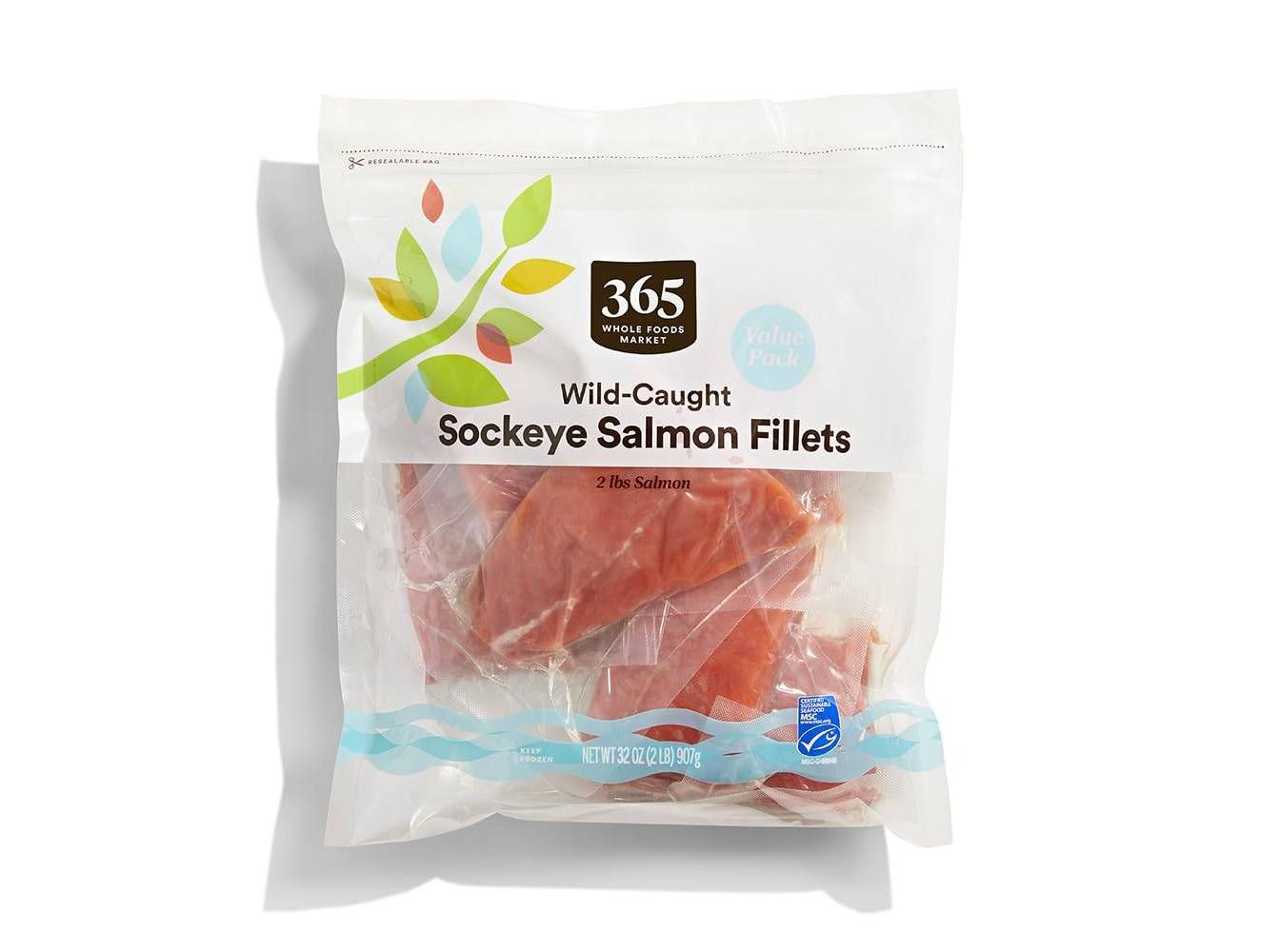
This packaging process molds plastic sheets into custom trays, then fills them with seafood products and seals them. Thermoforming packaging machines use vacuum or modified atmosphere packaging to preserve freshness in frozen seafood. It is highly adaptable and offers superior product protection.
Our Automatic Thermoforming Packaging Machine has a fast operating speed and works with sensors for accurate positioning.
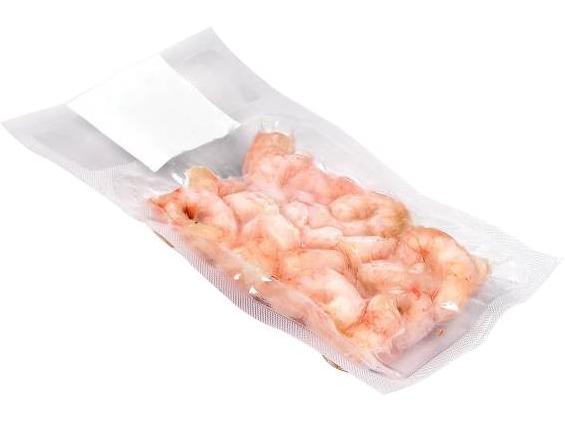
In this type of packaging, seafood is placed on a backing material and then covered with a transparent plastic film and is carefully sealed. This ensures that air is removed from the package so that there is a good fit between the material and the product.
This produces a second-skin effect, making them more appealing. It also enables a clear and direct observation of the appearance and color of the seafood. It not only extends the shelf life but also enhances the aesthetic appeal and market value.
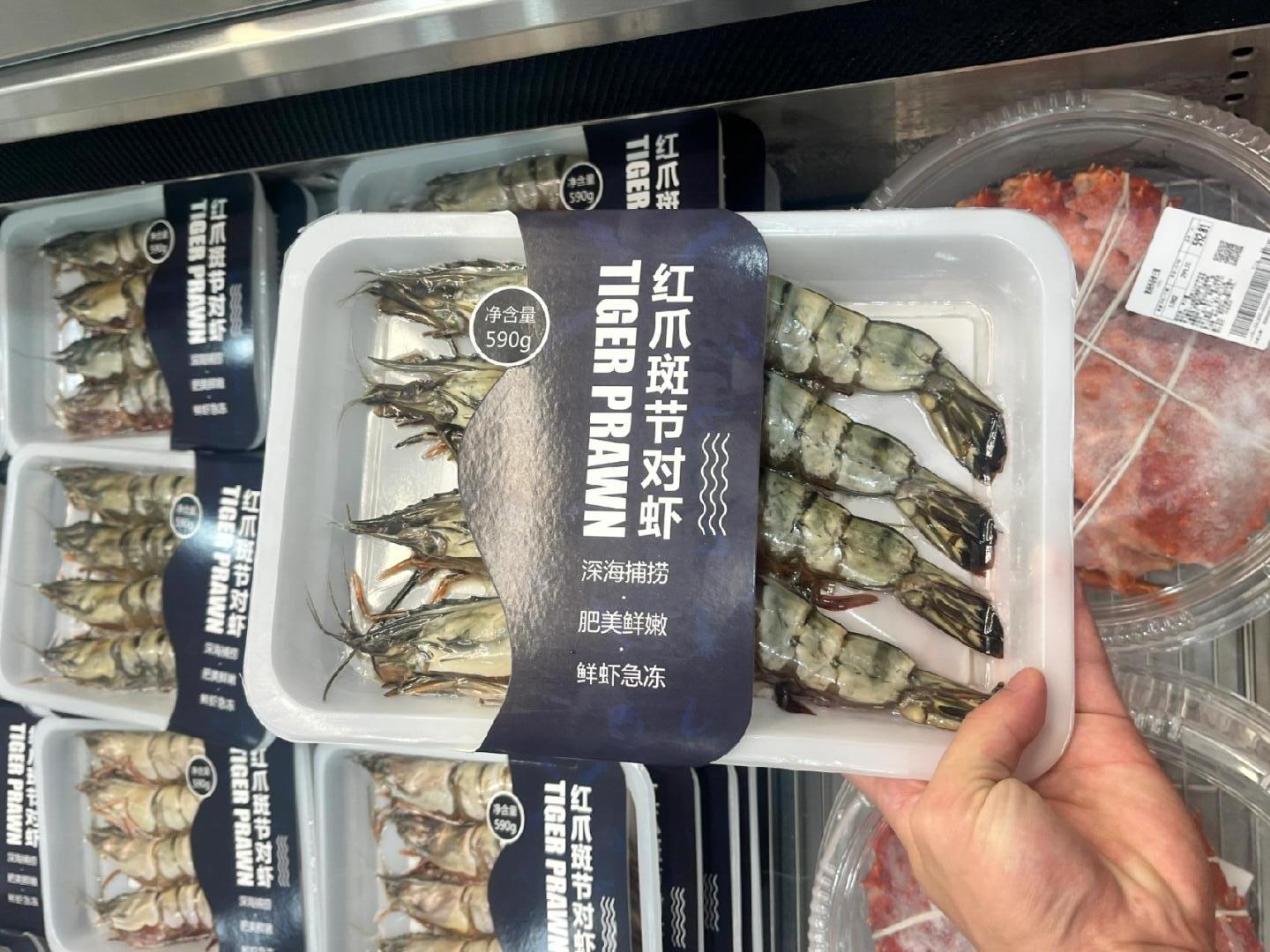
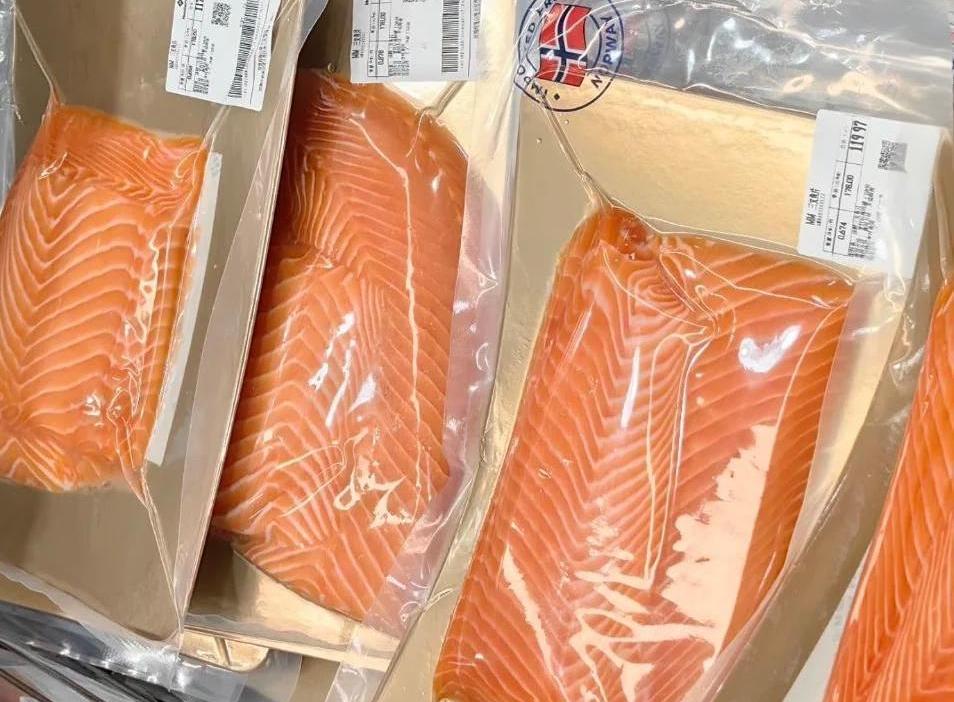
Flow Pack packaging is a type of packaging where the seafood is sealed in a continuous flexible film either horizontally or vertically. This is why it is also called horizontal form-fill-seal packaging. This creates a “flow” of packaging material that is formed around the product, sealed on three sides. It enables seafood to be packed into small bags in fixed quantities, making it more convenient to consume each time.
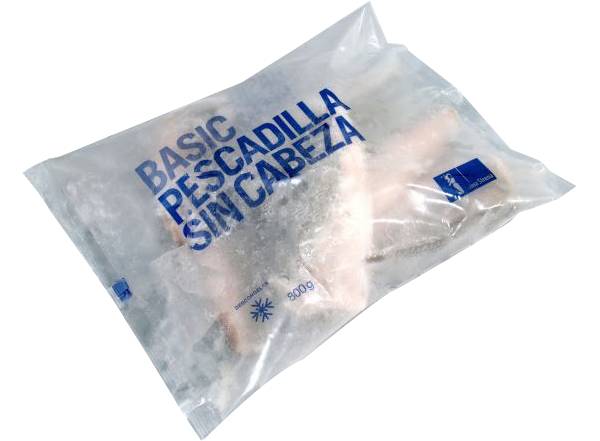
The ordinary bag sealing method is suitable for packaging large quantities of frozen shrimp and frozen squid rings. It is cost-effective and helps to preserve the freshness, flavor, and texture of seafood products.
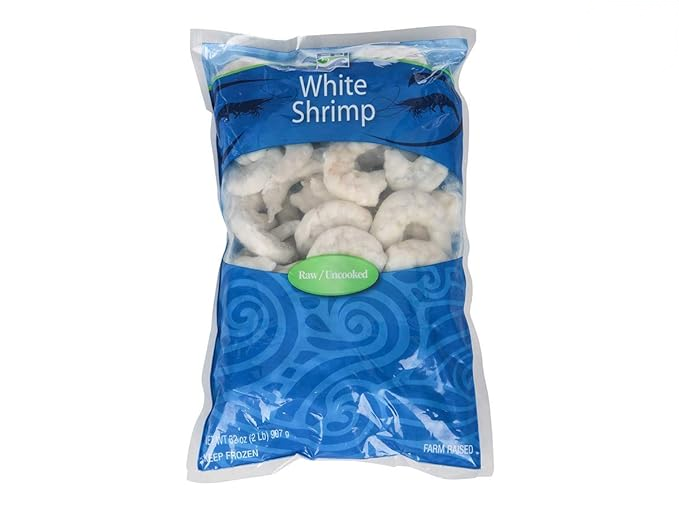
Various kinds of packaging techniques and materials are also applied to various kinds of seafood products to retain quality and freshness.
Fresh seafood like cod, salmon, and tuna is packaged in modified atmosphere packaging, skin packaging, and shrink wrapping to maintain color and freshness.
Shellfish like shrimps, prawns, and crabs are packaged using modified atmosphere packaging and the tray sealing method. This controls odor and preserves food. Modified atmosphere packaging is used to inhibit the growth of microorganisms and prolong the shelf life of live seafood such as oysters, lobsters, and clams.
Frozen seafood has been subjected to freezing temperatures to extend its shelf life. Proper packaging is needed to maintain its quality.
Tilapia and scallops use vacuum packaging to prevent ice crystal formation. They also use thermoforming packaging for secure containment and flow pack for continuous wrapping.
Ready-to-eat seafood meals require hygienic and safe consumption packaging. These kinds of products use tray sealing and shrink wrapping packaging for easy handling and an attractive appearance.
Assess your current and future needs in terms of production volume, automation level, product type, and expected growth.
If you are involved in high-volume operations, you may require a fully automated seafood packaging machine to speed up productivity. A low-volume operation can use semi-automatic machines like vacuum packaging machines to speed up the work.
However, if you would like to expand your market in the future, an automated food packaging machine will be ideal for you. Consider, too, whether you’ll expand into new product types, as different seafood products require different packaging technologies.
Examine the specifications of the seafood packaging machine, such as the cycle speed, sealing strength, and level of automation. High-speed machines, like thermoforming or MAP packaging machines, increase throughput and productivity and are ideal for large-scale production. Vacuum packaging machines are ideal for small production.
Machines with advanced sealing technologies have superior sealing strength. Thus, they ensure product integrity.
Evaluate the cost of purchasing the machine and your budget. Check if the machine is budget-friendly and would serve the needed purpose. Here is the breakdown to look into:
Total Cost of Ownership: This is further broken down into the following:
Initial investment: Check the cost of the machine. Several brands offer machines at an affordable price with features that would cater to your business needs.
Installation: Check how much it will take to install the new packaging machine.
Operational costs: Check the cost of operations. Note that energy-efficient machines have low maintenance, thereby reducing maintenance costs. Fully automated machines save labor costs. Other seafood packaging machines reduce waste, thus saving material cost. Check for machines that reduce overall cost.
Return on Investment: Highly efficient machines with a high initial investment may have a long-term return on investment. That is, it will impact your production efficiency and profitability.
The quality and efficiency of your machine sometimes depend on the brand. Choose a trusted seafood packaging machine manufacturer with proven experience. They should have expert knowledge of seafood packaging and offer after-sales support.
Reliable suppliers should also be able to offer proper training for optimal machine performance and safety.
This is where Hualian Machinery comes in. We offer decades of experience in producing efficient and affordable seafood packaging solutions. Our support doesn’t end at sales. We offer maintenance services, replacement parts, and expertise to promote reliability and innovation. We also provide training for all our machines, so you can use them quickly and confidently.
Seafood products are delicate; thus, packaging machines must comply with international hygiene standards. The machines should be made with hygienic materials that adhere to food safety regulations. They should be made with stainless steel construction to prevent contamination.
Seafood packaging machines must provide a non-toxic environment for seafood products, making them safe for consumption. Thus, you should check for machines with eco-friendly options that reduce environmental impact.
Look for machines with intuitive controls. These can easily be operated. Packaging machines should also have minimal maintenance requirements. This is because frequent maintenance can cause downtime and delay production.
Consider machines built with automated functions to reduce labor costs. Features like touchscreen interfaces and programmable settings reduce training and make it easier to operate. This, in turn, reduces operator error and improves productivity.
Choose machines that support recyclable and eco-friendly materials to support sustainability. Consider the impact of the packaging materials on product freshness and shelf life. Seafood packaging machines should also support energy-efficient operations to help you reduce your environmental footprint. They should also align with consumer demand.
Seafood, due to its delicate nature, requires advanced and efficient packaging solutions to maintain freshness. Having considered several seafood packaging technologies, you can now make the right decision to get a machine to suit your needs.
If you’re still trying to find your way, browse through our different machines or send us a message for an inquiry.
It depends on many factors including the type of seafood, method of transport and storage. Common choices used are vacuum packaging, thermoforming packaging, and modified atmosphere packaging. These methods offer protection from external factors.
Some of the conventional methods of preserving seafood are: vacuum packaging, shrink wrapping, and modified atmosphere packaging of seafood. These techniques retard the growth of the microbes, save flavor, color, nutrients, and extend shelf life. The right method to use depends on certain factors.
Fish food is often packaged in woven polypropylene bags (PP woven bags). These bags offer protection and visibility. They are also moisture-resistant; thus, the product contained in the bag cannot be influenced by external contaminants.
Flexible films such as polyethylene (PE) and polypropylene (PP) are common materials to maintain product freshness. Additionally, rigid options like trays are used for consumer appeal.
Modern processing technologies in seafood include vacuum cooking, wherein the product is sealed in airtight bags and cooked at low temperature in order to retain flavor. Microwave heating is another technology that makes use of electromagnetic waves to cook food.
Frozen fish is packaged in airtight, vacuum-sealed bags that are moisture-resistant and vapor-proof. This packaging method maintains quality and freshness.
Top 5 Thermoforming Packaging Machine Manufacturers Worldwide
Top 10 Advantages of RTE Packaging for Consumers and Manufacturers
Starting a Pet Food Business: Choosing the Right Packaging Solutions
Seafood Packaging: Key Technologies for Freshness and Extended Shelf Life
What You Need to Know About Thermoforming Vacuum Packaging Machines